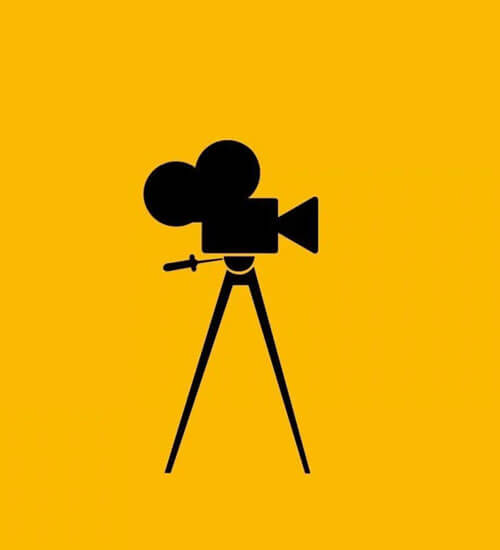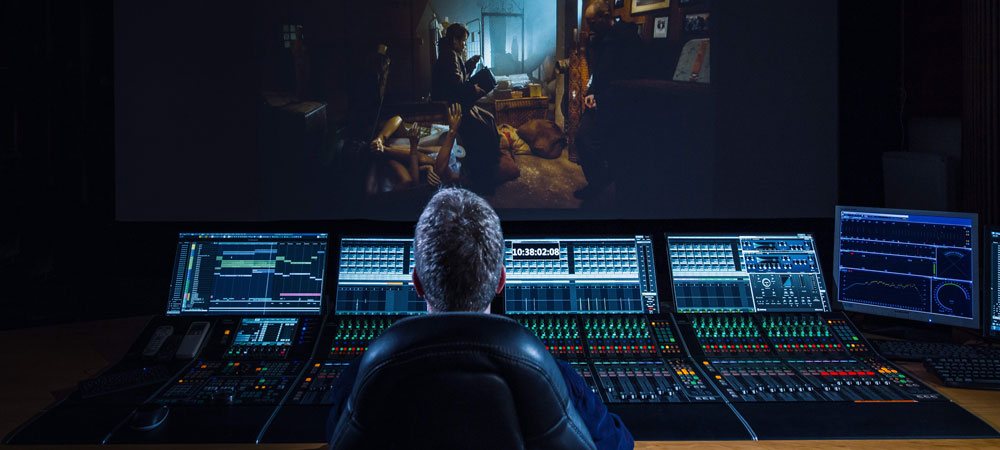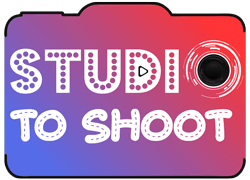Pre & Post Production
Pre-production and post-production are different stages of film production. The pre-production stage of the filmmaking production process is where you develop a vision for your film, a production plan based on that vision, and acquire all of the resources (people, space, and equipment) needed to make your film.
A strong concept is a terrific place to start, but without people who feel, move, talk, and build a cohesive story, you're asking for difficulty throughout the production process. During pre-production, you should collaborate with your team to finalise the framework of your tale.
You should know what your narrative, photography, and shot sequences will look like from start to finish, whether you're shooting a sci-fi pilot or a soap ad.

Pre-production is the moment when you conduct research and determine how much money you will need to finance each step of the filmmaking process. Consider actors, crew, costumes, food, equipment, site rental, and any special licences required for filming.
Now that you've decided on the actors, crew, and equipment, it's time to construct a film production timetable that will guide the rest of the production process, particularly shooting.
A production schedule will assist you in organising all of the personnel, locations, and other external aspects (such as time of day, weather, and set location permissions) that are necessary for each shot.
Will you require a 5 a.m. call time to catch the dawn or a midnight high-speed chase? A precise production timetable ensures that you obtain the pictures you want while staying within your budget and that everything works well.
Key questions to ask throughout the planning and budgeting stages:
1. Is the equipment I'm using rented or borrowed?
2. Who will play the roles in my film?
3. How much will it cost to hire a film crew, editors, and actors?
4. Who is scouting potential locations?
5. Will I have to create sets?
6. Do I need permission from the local authorities to film?
The production stage, also known as primary photography, is where all of the actual filming and recording takes place, complete with cameras, performers, and site licences. It's the most thrilling phase of the filmmaking process for many people.
The "point of no return" in filmmaking is the time during the production phase when it becomes cheaper to finish the film than to abandon it (even if it is a disaster). The money has been spent, and tearing it all down now will result in a far worse problem and financial repercussions than simply pushing to the finish line. Do you see why a budget and production timeline are so important?

The production stage, also known as (adjusts monocle) primary photography, is where you want to make sure you have all of the photos you'll need in post-production. Pick-up shots are inevitable, but you shouldn't be reshooting 85% of your film in post-production.
Post-production is where all of your film's elements come together. Post-production processes such as editing, colour grading, and visual effects are used to transform raw material into a final film.
You may add lens flare to sci-fi shorts and fly digital duplicates in battle sequences during the post-production stage. You'll also be condensing all of your jump cuts and high-speed chases into the ideal action scene.
In post-production, you determine what to cut and what to keep. If you organise your shots well, you'll have enough video to work with! You may use tools like HitFilm to remove awkward pauses, splice together the ideal montage, and edit that overly long monologue.
You may also use audio synchronisation and mixing techniques to guarantee that all of your performers are exactly matched with their voices—no inadvertent ventriloquists. Post-production also allows you to ensure that background noise, voice, and sound effects are all correctly matched.
Collaboration between the pre-production and post-production teams is important to ensure the vision of the film. Pre-production and post-production are critical phases of the filmmaking process to ensure smooth transition from planning to editing and post-production activities.
What are you waiting for? Are you ready to begin your first short? You should now have all the information regarding pre-production and post-production. You need to produce your first movie step by step. It's time to head out into the distance and start shooting with Studio-to-Shoot. Don't worry about perfection; just get started. Your initial filmmaking aim should be to take your project from concept to content.
